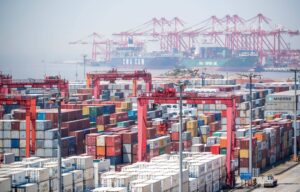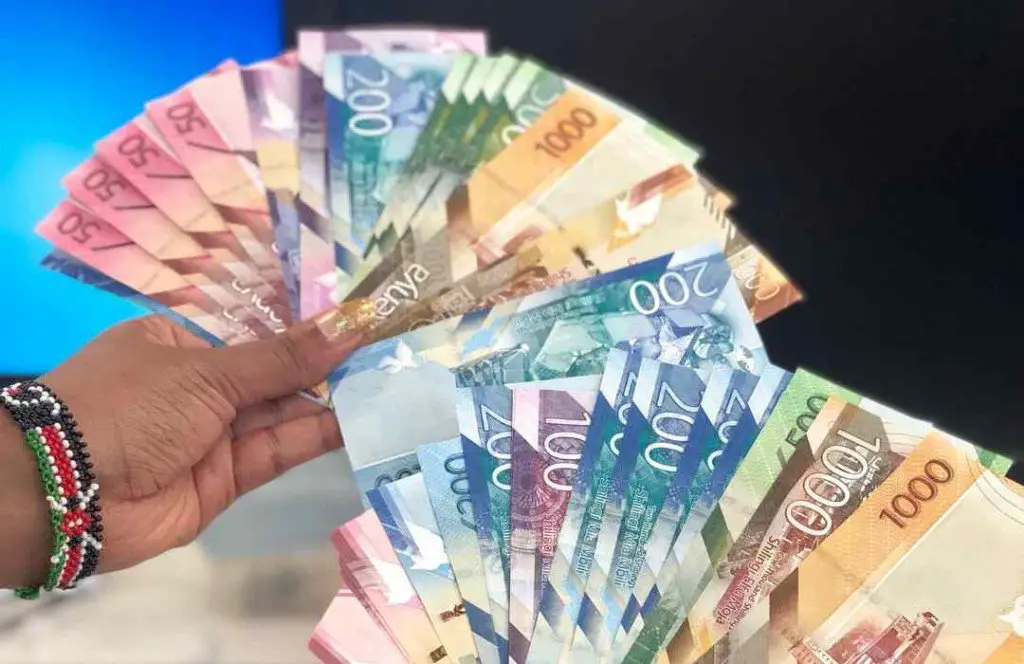- Official data shows that diaspora remittances to Kenya increased to $412.4 million in January 2024, compared to $372.6 million in December 2023.
- This represents an 18% jump compared to similar month in 2022 as well as 10.7% month-on-month increase in inflows.
- The cumulative inflows for the 12 months to January 2024 totalled $4.3 billion compared to $4 billion in the same period in 2023, an increase of 5.3 per cent.
Kenyans in the diaspora sent home more money in January compared to December, as the strong start of the year signals easing inflationary pressures, mainly in key sourcejock strap brock bowers jersey jordan max aura 4 nike air jordan 1 elevate low oregon football jerseys black friday wig sale best human hair wigs for black females latex hood custom stitched nfl jersey sit top kayak nike air max 90 futura jock strap jock strap air max 270 women alpinestars caschi market, the United States.
The year-over-year inflation rate in the US, Kenya’s most significant source of remittances, fell to 3.1 per cent in January, the lowest since June.
This was down from 3.4 per cent in December, the Bureau of Labor Statistics said, but the annual inflation was higher than the 2.9 per cent rate that forecasters expected, according to a survey of economists by Dow Jones Newswires and the Wall Street Journal.
Gasoline prices fell in January from December on a seasonally adjusted basis, helping drive down the overall inflation rate despite sharp upticks in food and shelter.
Easing pressure in the US resulted in a blessing for Kenya, which recorded a jump in inflows. Kenyans in the diaspora sent more money back home to support family and friends.
Official Central Bank of Kenya (CBK) data shows remittance inflows increased to $412.4 million in January 2024, compared to $372.6 million in December 2023, and were 18 per cent higher than in January 2023. The month-on-month increase is a 10.7 per cent jump.
The cumulative inflows for the 12 months to January 2024 totalled $4.3 billion compared to $4 billion in the same period in 2023, an increase of 5.3 per cent.
“The US remained the largest source of remittances into Kenya, accounting for 54 per cent in January 2024,” CBK said in its latest update on remittances.
Read also: Kenyans in the diaspora send home record $4.2 billion amid tough economic times.
How diaspora remittances to Kenya are used
Daily expenses, healthcare, and educational support continue to be significant reasons for sending money back home, according to a survey by global payment firm World Remit.
“We historically see high transaction volumes during back-to-school seasons, highlighting the strong link between remittances and education,” World Remit said.
According to World Remit, the emergence of digital payments and concepts such as mobile wallets has brought more people into the financial system and significantly contributed to the steady increase in remittance inflows over the past decade.
As more people from poor countries continue to seek opportunities in developed economies, those moving abroad say they are seeking greener pastures to change the economic landscape back home.
According to the Ministry of Foreign Affairs, an estimated three to four million Kenyans live and work overseas but continue contributing to friends, loved ones and the economy back in Kenya.
President William Ruto’s government is keen on growing the diaspora community’s contribution to the country’s economic growth. This move has seen him create a dedicated State Department for Diaspora Affairs.
According to Labour and Social Protection Cabinet Secretary Florence Bore, the government focuses on labour migration opportunities for Kenyans, as remittances remain a crucial driver of economic growth.
CS Bore has said the government also benefits from the high remittances from Kenyans working in the diaspora.
“Labour migration has a huge economic potential both for the government and Kenyans moving abroad; hence, it needs to be done correctly for prosperity,” CS Bore said.
Read also: Kenya dodges Forex reserves dip with Gulf oil supply deal
Foreign exchange earnings
Government data shows that Kenya earns more foreign exchange from diaspora remittances than its significant exports – tea, coffee, tourism, and horticulture.
The inflows remain critical in supporting the country’s forex reserves, as Kenya remains a net importer.
CBK data shows the country’s usable reserves stood at $7.03 billion (3.8 months of import cover) as of February 15.
The country’s current account deficit is estimated at 3.9 per cent of GDP in 2023, down from 5.0 per cent in 2022. It is projected at four per cent of GDP in 2024, reflecting the expected recovery in imports, resilient remittances, and an anticipated rebound in agricultural exports.
According to Kenya’s Office of the Controller of Budget, interest and debt repayment on the country’s US-denominated debt has increased due to the weak shilling, which has gained this week.
The country is expected to repay Eurobond debts of $1.96 billion in 2024, $880 million in 2027, and $978 million in 2028.
The risks to inflation also remain elevated in the near term, reflecting the impact of second-round effects of the rise in fuel inflation and pass-through effects of exchange rate depreciation.
A survey of the agriculture sector by CBK revealed that respondents expected inflation to increase in the next three months due to high import costs, partly due to the weak shilling against the dollar.
The economy is, however, expected to remain strong in 2024, supported by the resilient services sector, the improved performance in agriculture, the implementation of measures to boost economic activity in priority sectors by the government, and the improved global growth outlook, which is expected to benefit exports.
The CEOs and the Market Perceptions Surveys, conducted before this month’s Monetary Policy Committee meeting, revealed improved optimism about business activity and economic growth prospects for the next 12 months.
“Respondents attributed the optimism to improved performance of agriculture, easing global inflation, a resilient private sector, and focus by the government on key sectors including agriculture, MSMEs, health, housing, and digital economy,” CBK governor Patrick Njoroge said.
Nonetheless, respondents expressed concerns about weakened consumer demand, weak Kenyan shilling, and high interest rates, where CBK’s base lending rate has increased to 13 per cent, as revised by the MPC, 12.50 per cent, pushing up the cost of credit in the market.
Read also: Cost of borrowing in Kenya on a 12-year high amid tough economic times
2024 outlook
Apart from Kenya, other key recipients of remittances in Sub-Sahara Africa are Nigeria, Ghana, Zambia, and Mozambique, among others.
According to the World Bank, remittances to low- and middle-income countries (LMICs) grew an estimated 3.8 per cent in 2023, a moderation from the high gains of the previous two years.
Remittance flows to Sub-Saharan Africa are expected to have increased by about 1.9 per cent in 2023 to $54 billion, driven by solid remittance growth in Mozambique (48.5 per cent), Rwanda (16.8 per cent), and Ethiopia (16 per cent).
Remittances to Nigeria, accounting for 38 per cent of remittance flows to the region, grew by about two per cent. At the same time, two other significant recipients, Ghana and Kenya, posted estimated gains of 5.6 per cent and 3.8 per cent, respectively.
However, the World Bank has noted that fixed exchange rates and capital controls divert remittances to the region from official to unofficial channels.
In 2024, remittance flows to the region are projected to increase by 2.5 per cent, but the costs of sending money remain high, where sending $200 to the region costs 7.9 per cent on average.
Remittance growth to low and middle-income countries is expected to drop to 3.1 per cent in 2024, World Bank projects.
“During crises, migrants have weathered risks and shown resilience to support families back home. But high inflation and subdued global growth are affecting how much money they can send,” said Iffath Sharif, Global Director of the Social Protection and Jobs Global Practice at the World Bank.
According to Sharif, host countries’ labour markets and social protection policies should include migrants, whose remittances serve as a vital lifeline for developing countries.











